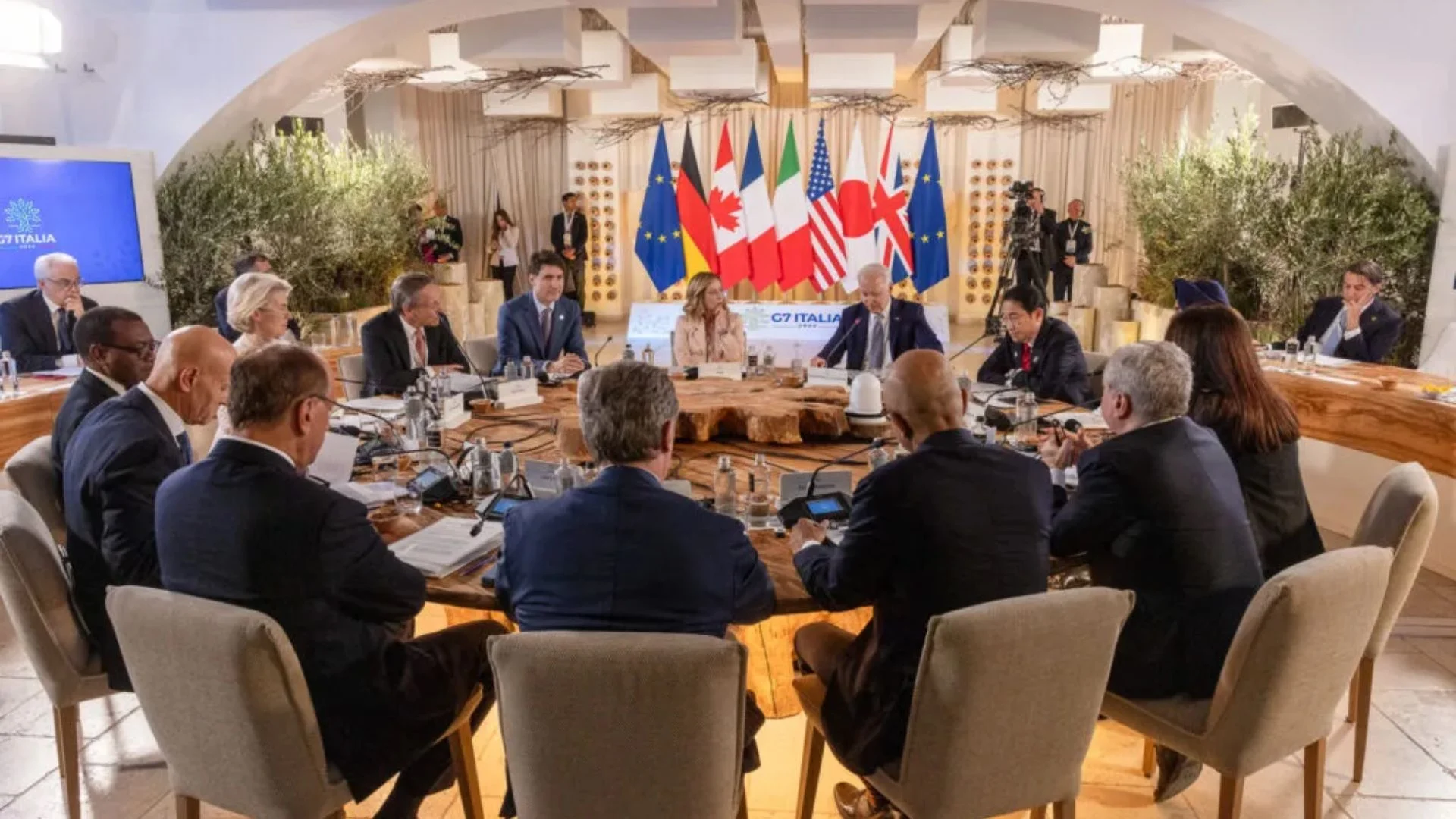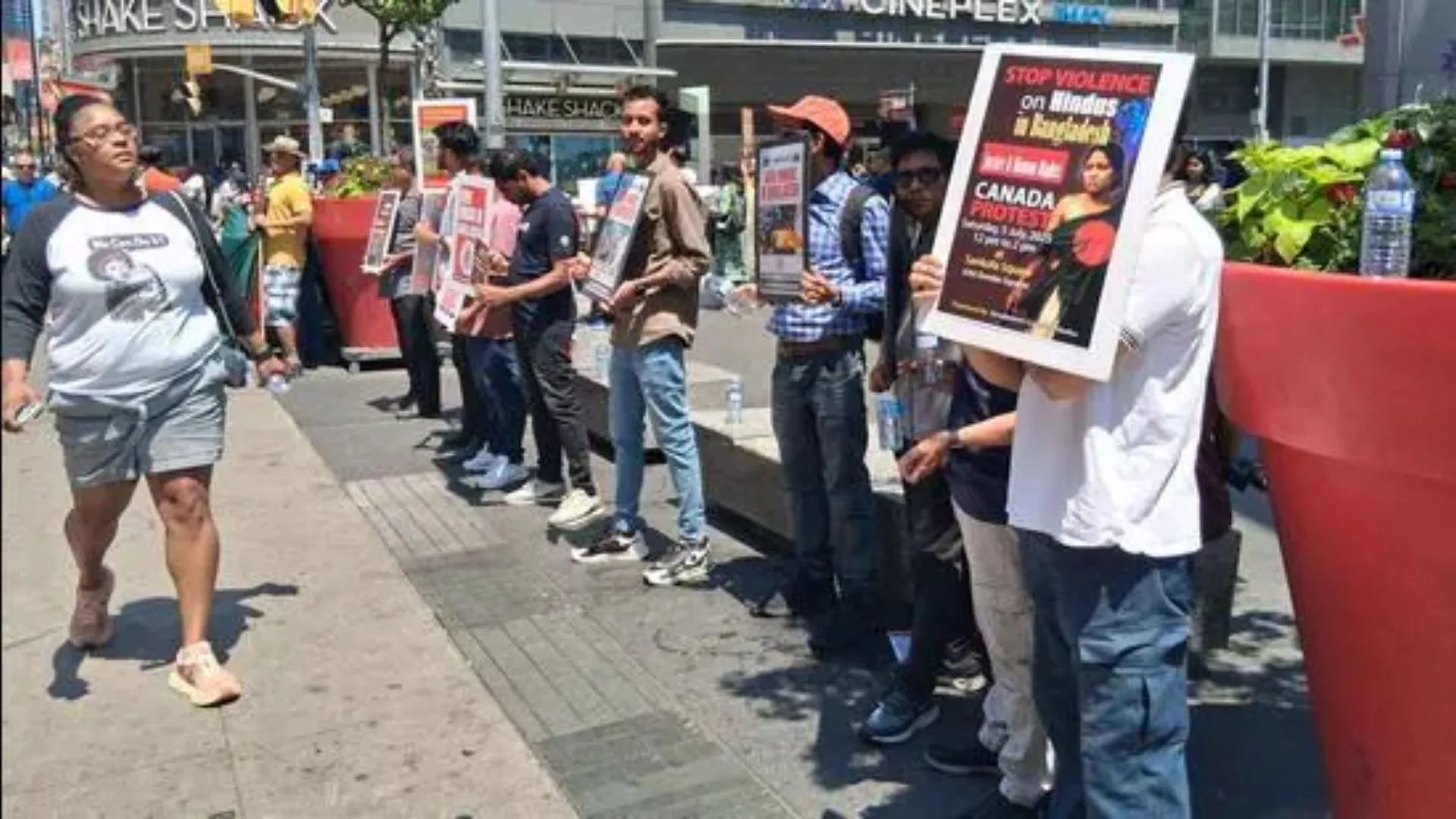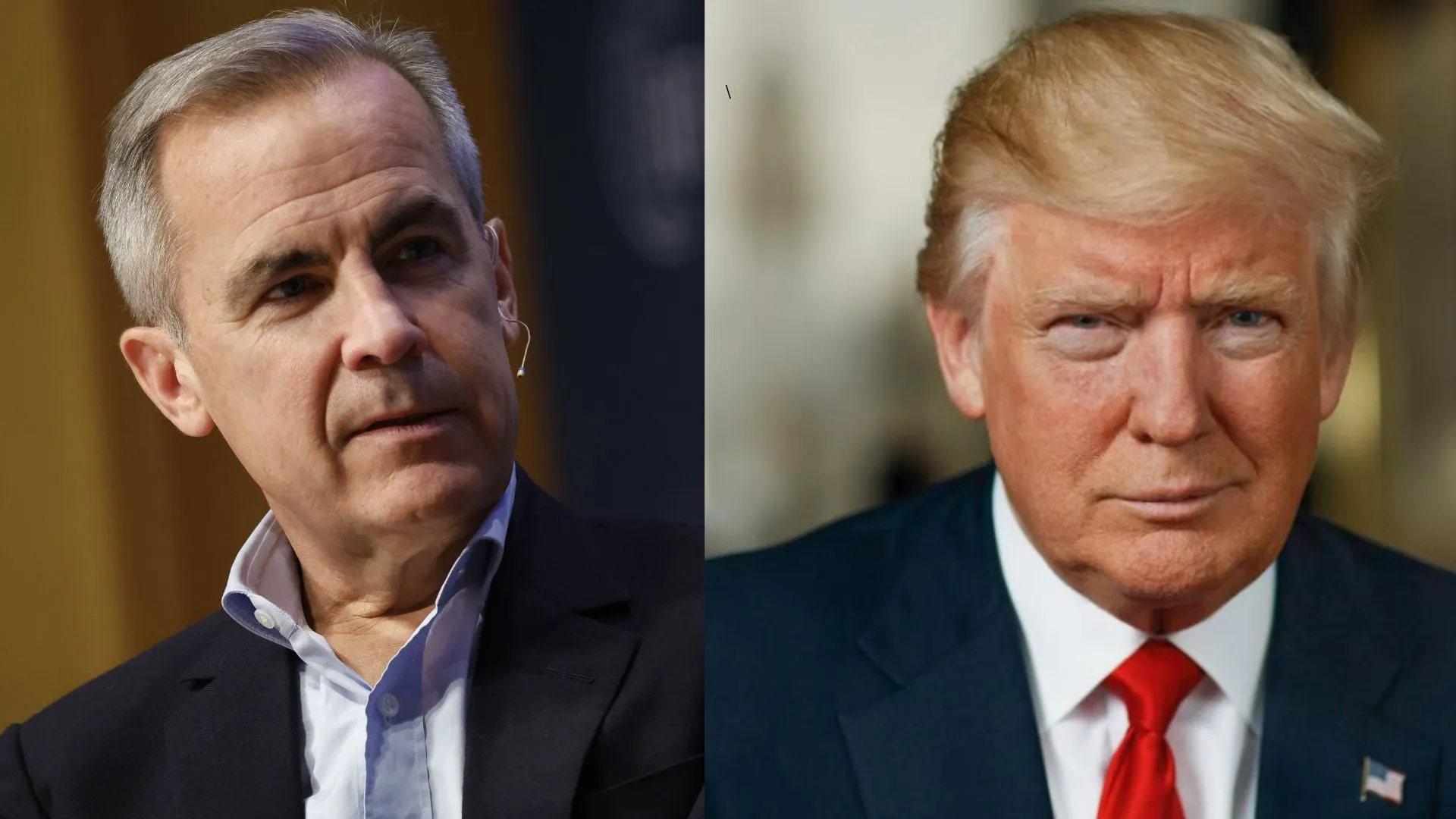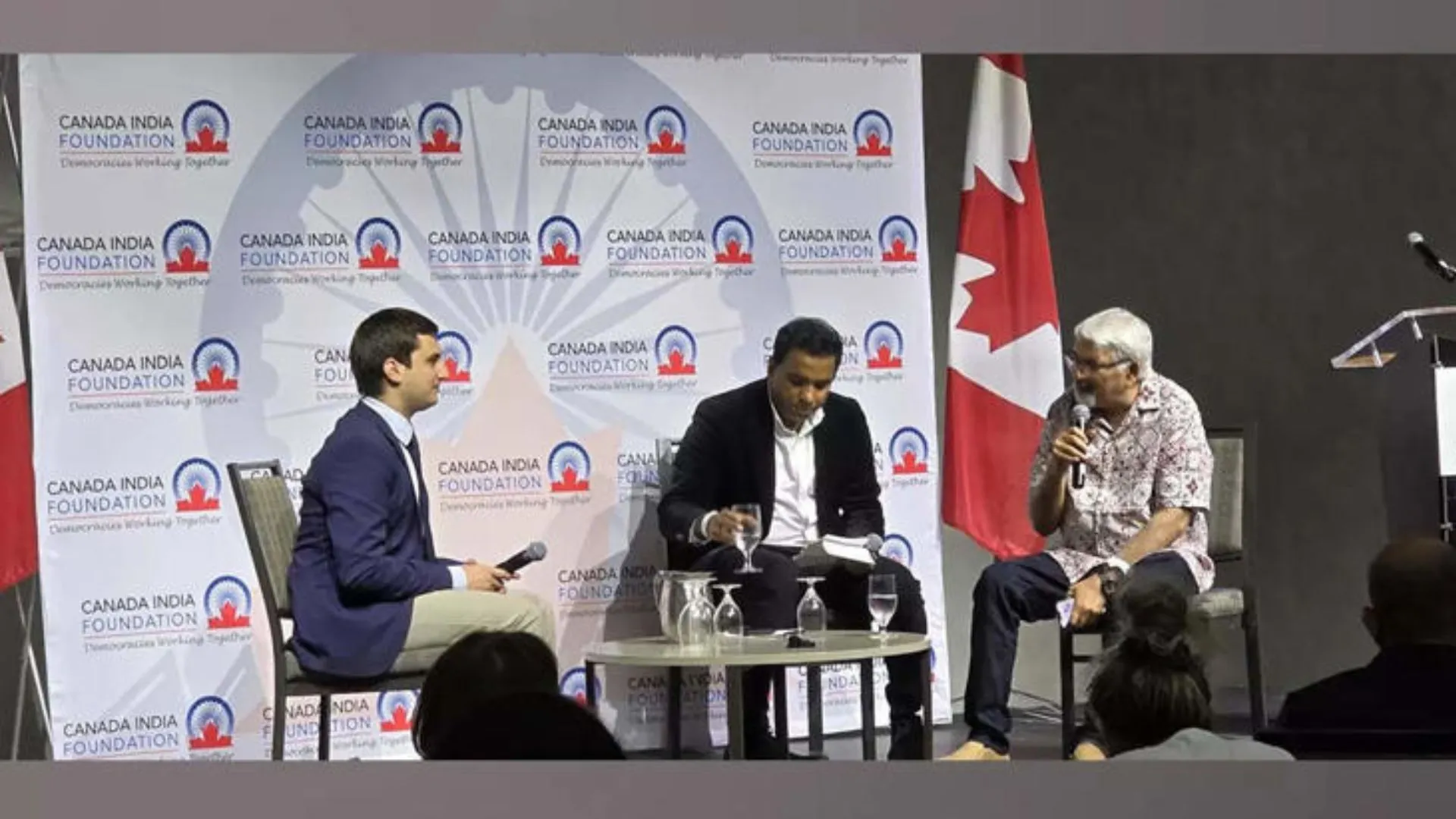The heads of the Group of Seven (G7) countries- Canada, France, Germany, Italy, Japan, the United Kingdom, and the United States, will gather in Kananaskis, Alberta, between June 15 and 17 for the 51st G7 summit. The secluded location in the Canadian Rockies provides a backdrop for tough talk during a time of international uncertainty.
Initially introduced in 1975 as the G6, the bloc evolved into the G7 upon the addition of Canada the following year. Russia was added in 1998 to create the G8 before being suspended in 2014 after annexing Crimea. The bloc is currently the G7.
High Stakes: Middle East Conflict and Trade Tensions
This year’s summit comes amid tensions reaching a boiling point worldwide. Israel’s recent wide-scale attacks on Iranian military and nuclear facilities are likely to be at center stage, as G7 leaders weigh the implications of potentially wider regional war.
Trade will also be on the agenda, especially in view of US President Donald Trump’s aggressive tariff policy. Even though Trump recently suspended most of the tariffs he had imposed, China is left out. The question isn’t officially on the agenda but hangs over the summit, especially for member countries expecting to tie down better trade deals ahead of July 9 when Trump’s tariff holiday expires.
Controversy Over Guest Invitations
Canadian Prime Minister Mark Carney, hosting the seventh summit for Canada, has invited some non-G7 leaders as well. Those confirmed to attend include Mexican President Claudia Sheinbaum and Indian Prime Minister Narendra Modi. Saudi Crown Prince Mohammed bin Salman was also invited, though his presence is not confirmed.
Modi’s invitation has sparked backlash within Canada. Relations between the two countries have been strained since Canada accused India of involvement in the 2023 killing of a Sikh separatist leader. Sikh organizations in Canada have labeled Modi’s inclusion a “betrayal” and “grave insult.” Carney defended the decision, emphasizing India’s global economic importance and recent progress in bilateral law enforcement cooperation.
Ukrainian President Volodymyr Zelenskyy is also invited, as are Australia, Brazil, Indonesia, South Africa, and South Korea’s leaders.
Trump’s Trade Legacy and Diplomatic Tensions
Trump’s last G7 visit was contentious. During the 2018 summit in Canada, he suddenly withheld support for the final communiqué and publicly attacked then-Prime Minister Justin Trudeau. This time, observers predict Trump to use a more muted tone.
John Kirton of the G7 Research Group said Trump would not risk disrupting the cohesion of the summit, particularly given that the United States will host the G7 in 2027. “He doesn’t want to kill the golden goose of the G7 before he can stage the ‘biggest, best summit ever,'” Kirton said to NDTV World.
Formal Agenda: Security, Energy, and Future Partnerships
Though, as the G7 2025 summit website indicates, talks will center on three primary issues: protection of the global community, energy security and digital transformation, and forging strategic future partnerships, these stated themes may fall on deaf ears given dramatic escalations of conflict in the Middle East.
As the summit gets underway, the world waits anxiously to discover if the G7 will be able to offer a collective response to deepening global crises.























